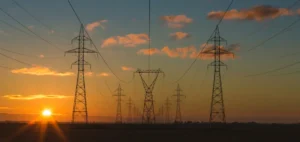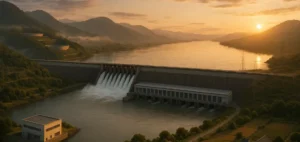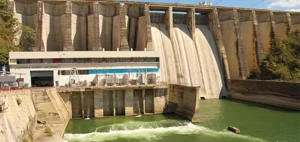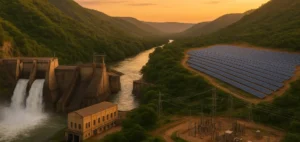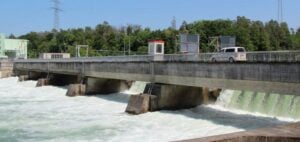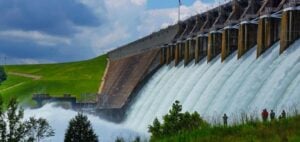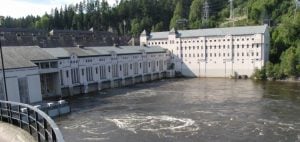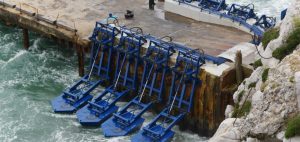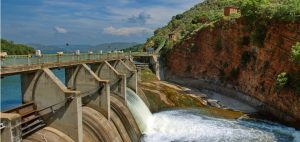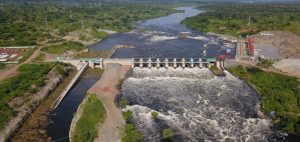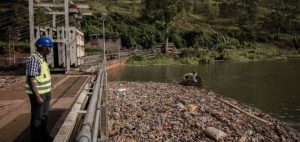The Ontario Ministry of Energy (Canada) has announced its support for a 16-unit renovation project at the R.H. Saunders Generating Station in Cornwall. Ontario Power Generation’s (OPG) plan includes a major overhaul of production equipment. Civil, electrical and mechanical improvements were also made. In addition, its improvements are designed to increase regional and national electricity production while consuming less water. On the other hand, the OPG Group intends to extend its scope of action in Canada to other areas.
Improved technology and efficiency
The work will include replacing the old 62-ton turbine runners with more efficient designs, requiring less water to generate clean electricity. OPG said:
“These new turbines will generate up to 160 additional gigawatt-hours of clean electricity each year, enough to power more than 19,000 homes.”
Economic and community impact
The renovation project is expected to create over 200 highly skilled, well-paid jobs in Cornwall. A project to be carried out over the next 16 years. Cornwall Mayor Justin Towndale expressed his enthusiasm for the provincial investment. He emphasizes the long-term benefits for the community in terms of skilled jobs and energy sustainability.
Provincial energy plan and forecasts
This initiative is part of the government’s “Powering Ontario’s Growth” plan, which aims to meet growing energy demand and reduce emissions by expanding the province’s reliable, affordable and clean energy network. What’s more, the Ontario Independent Electricity System Operator predicts that the province’s energy transformation is gaining momentum, with demand expected to grow by an average of two percent annually over the coming decades.
The investment in the renovation of the R.H. Saunders station marks a crucial step in Ontario’s commitment to providing clean, sustainable energy. This project meets growing energy needs. It also contributes to the region’s economic prosperity and environmental sustainability.





